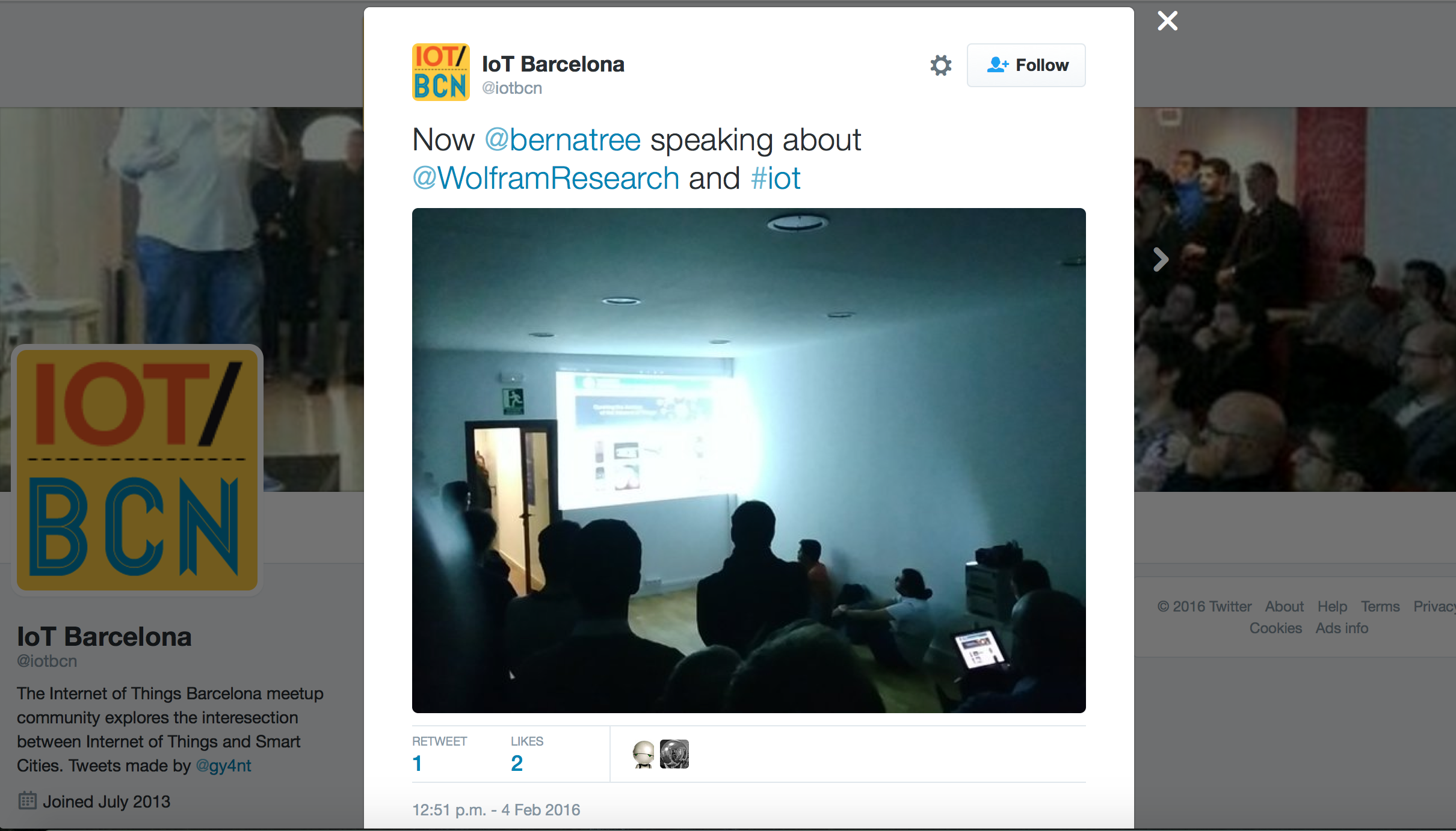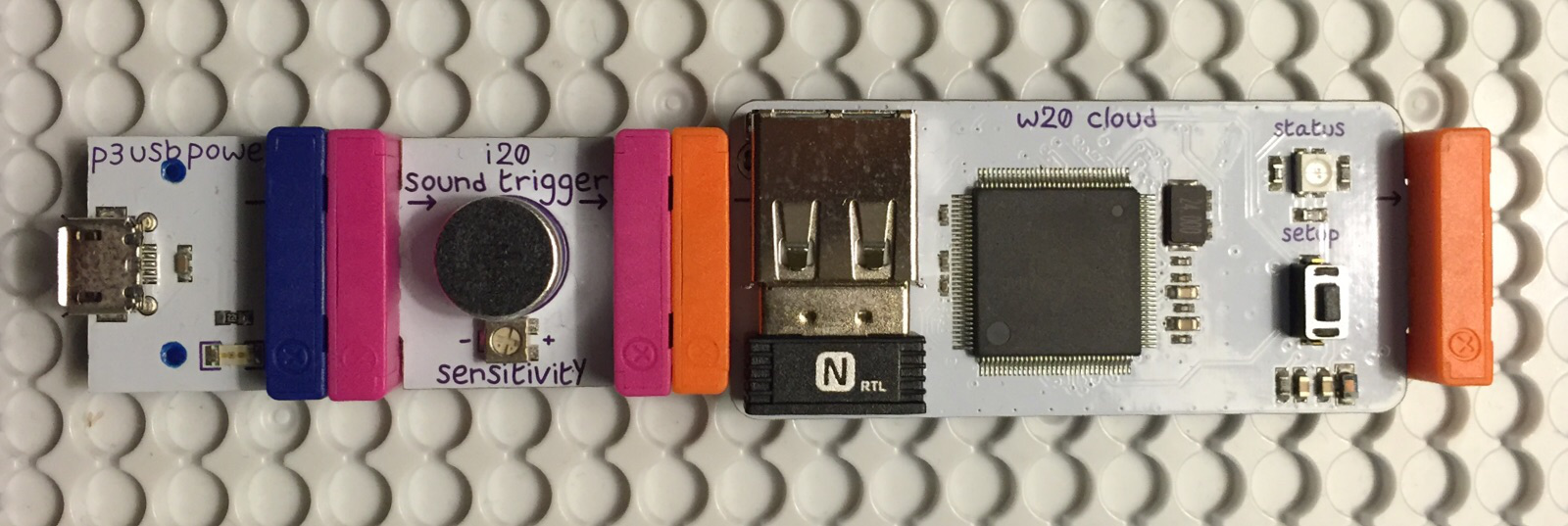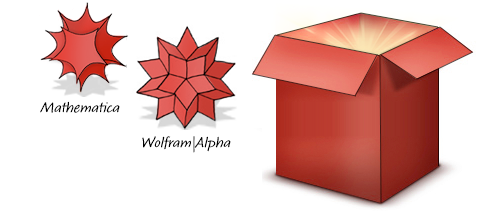Hi everyone!
Just wanted to share with you some notes and pictures about a short talk I gave on "The Wolfram Approach to the IoT" to members of the IoTBCN Meetup group. I started by showing them Stephen Wolfram's blog post "The Personal Analytics of My Life", which is what got me interested in the Internet of Things. Then I introduced the Principles and Concepts of the Wolfram Language and I talked about my IoT projects with Fitbit and Runkeeper.

The second part of the talk was dedicated to Wolfram Connected Devices Project and Wolfram Data Drop. I showed a few devices among the 4000+ curated devices, and I invited them to suggest a device if not listed in there.

Arduino, Raspberry Pi and Electric IMP work great with Data Drop. After showing them a few WL examples using these devices and their Databins, I ended my talk with an overview of Wolfram Data Drop IFTTT Channel. The possibilities offered by this channel are endless and it makes data from devices like littleBits instantly computable. Simple things like a doorbell can be injected directly into the Internet of Things. See for example how easily I collected and computed three months of data from my doorbell using an IF Recipe, a cloudBit module with a sound trigger, Data Drop and the Wolfram Language:


t = Databin["890nfWXB"]["Timestamps"];
byDay = GroupBy[t, DateValue[#, "DayNameShort"] &];
Graphics[{RGBColor[0, 0.61, 0.64],
Table[Disk[{First@#, i}, Log[Last@#]/6] & /@
Sort[Normal[CountsBy[
byDay[i /. {0 -> "Mon", 1 -> "Tue", 2 -> "Wed", 3 -> "Thu", 4 -> "Fri", 5 -> "Sat",
6 -> "Sun"}], DateValue[#, "Hour"] &]] /. Rule -> List], {i, 0, 6, 1}]}, Frame -> True,
FrameTicks -> {{List @@@ {0 -> "Mon", 1 -> "Tue", 2 -> "Wed", 3 -> "Thu", 4 -> "Fri", 5 -> "Sat",
6 -> "Sun"},
None}, {{#, DateString[#*3600, {"Hour12Short", " ", "AMPM"}]} & /@ Range[1, 24, 2], None}},
PlotRangePadding -> 0.5, ImageSize -> 800]

This is somehow the tip of the iceberg of what's coming. And I expect to see more and more IoT projects done with Wolfram Technologies.
